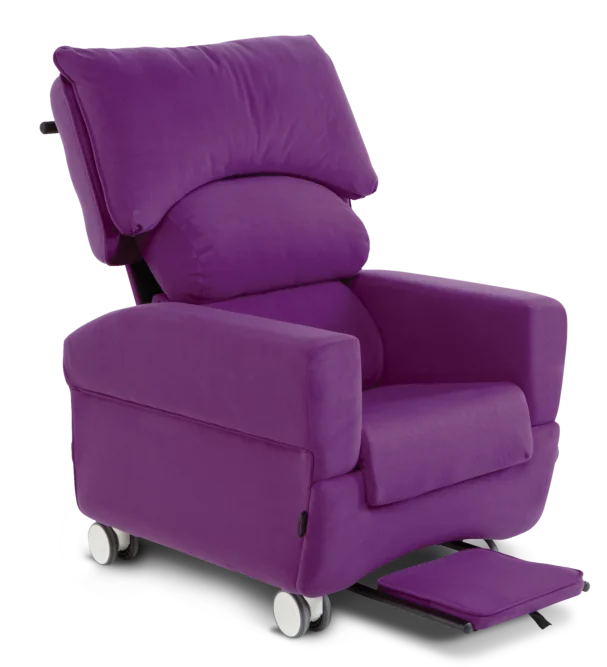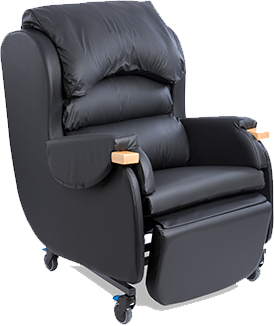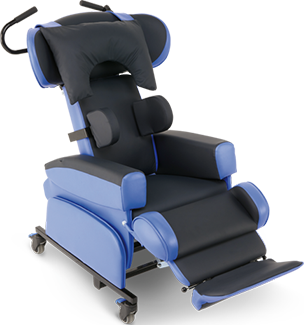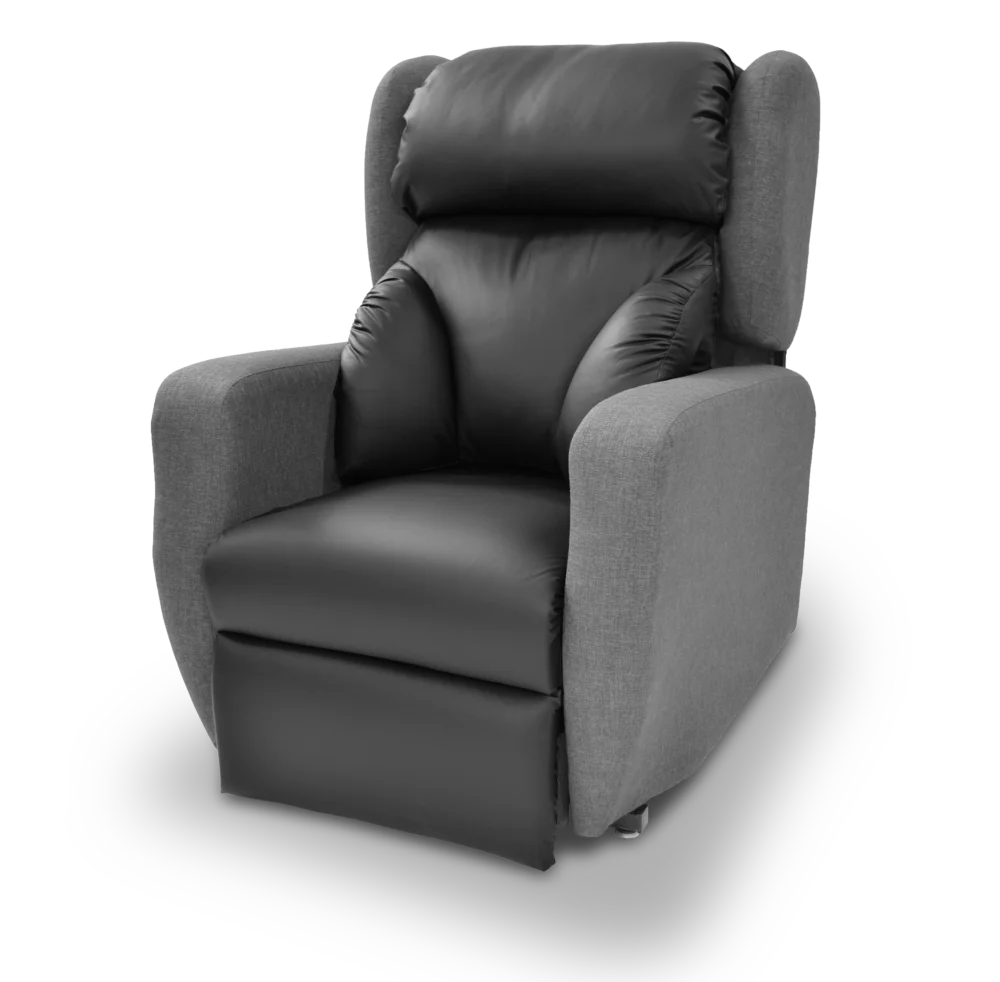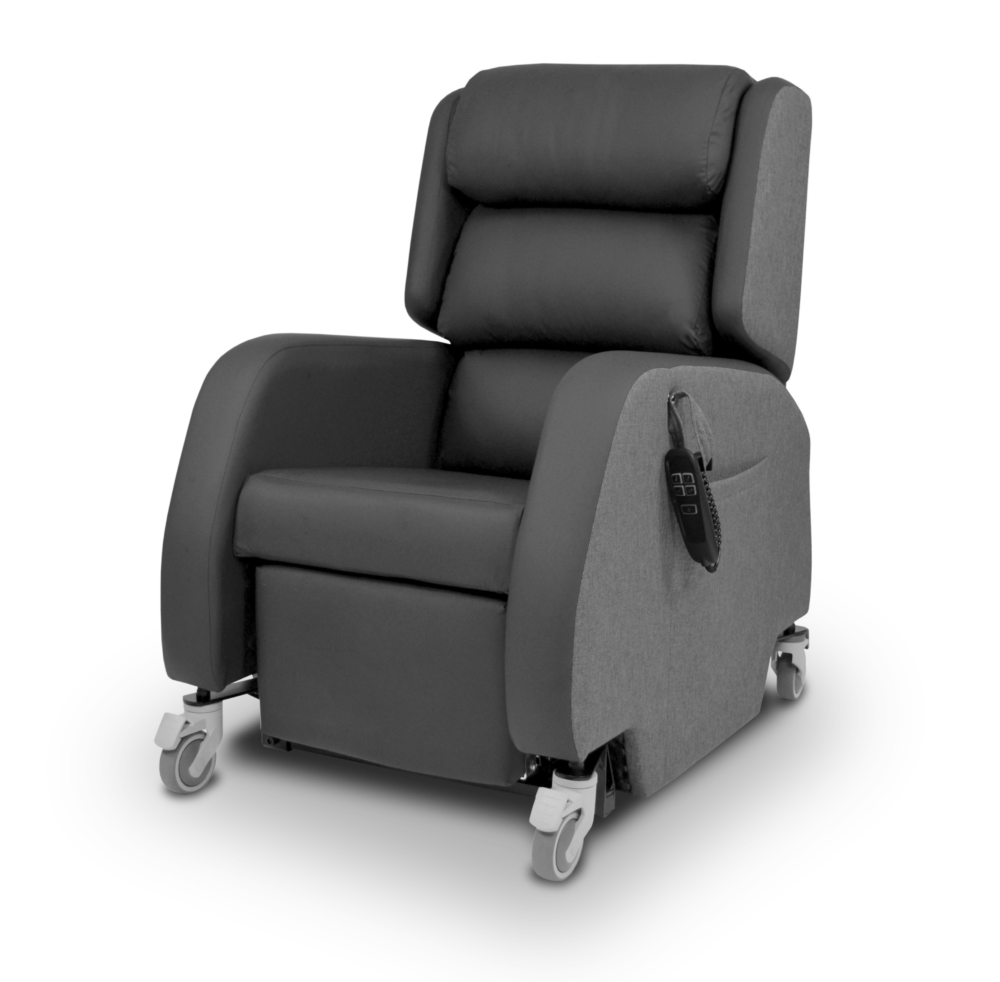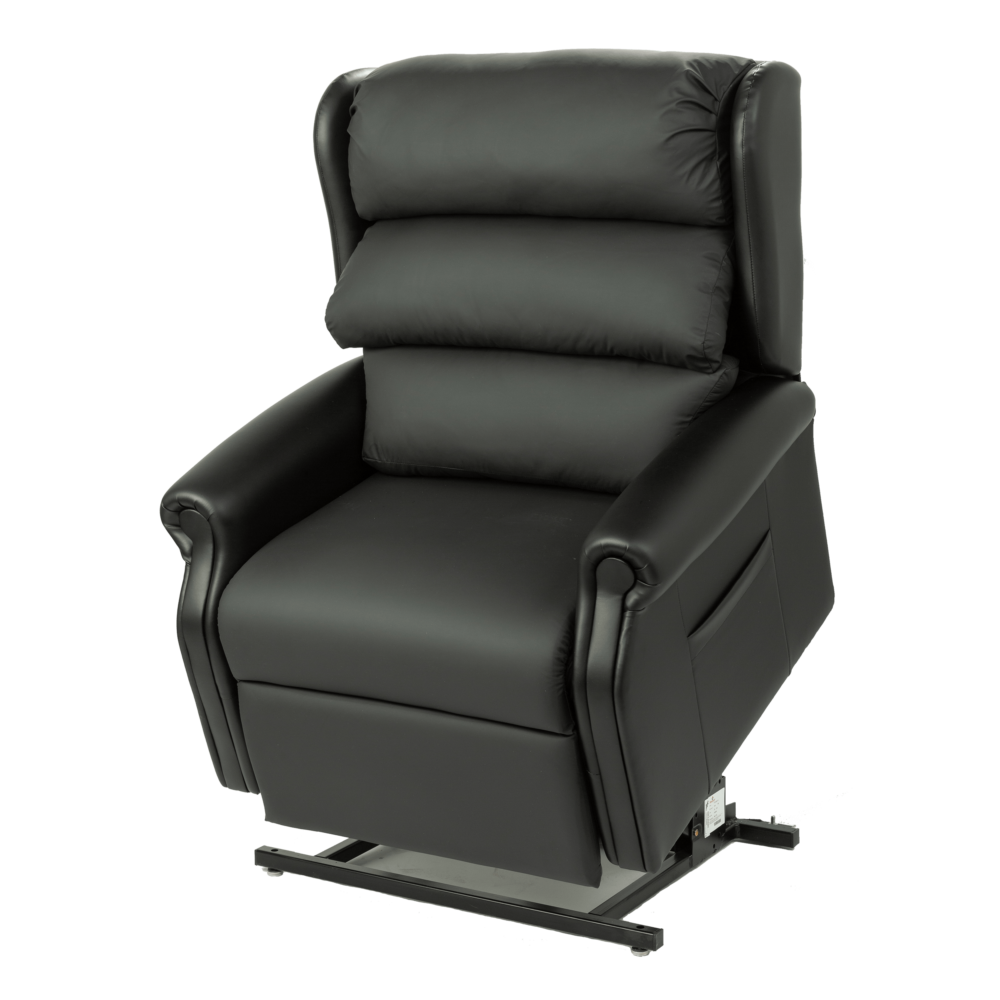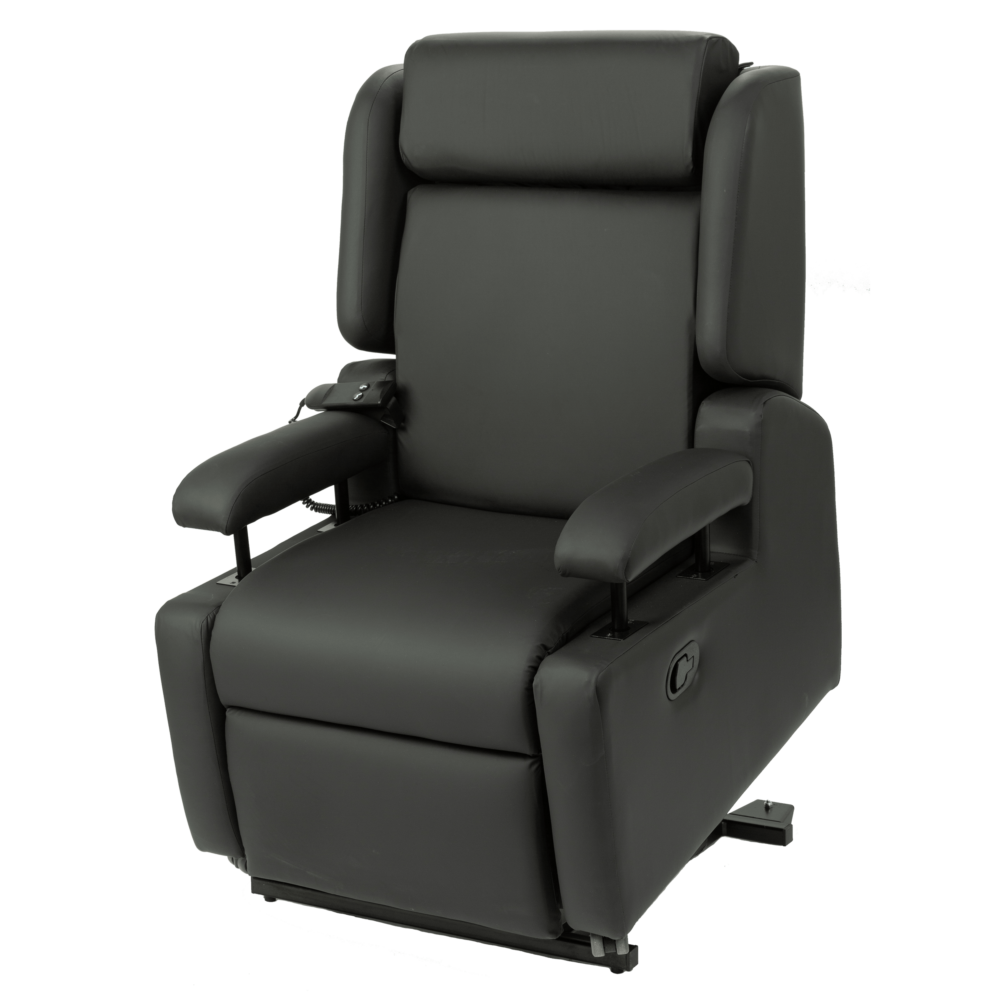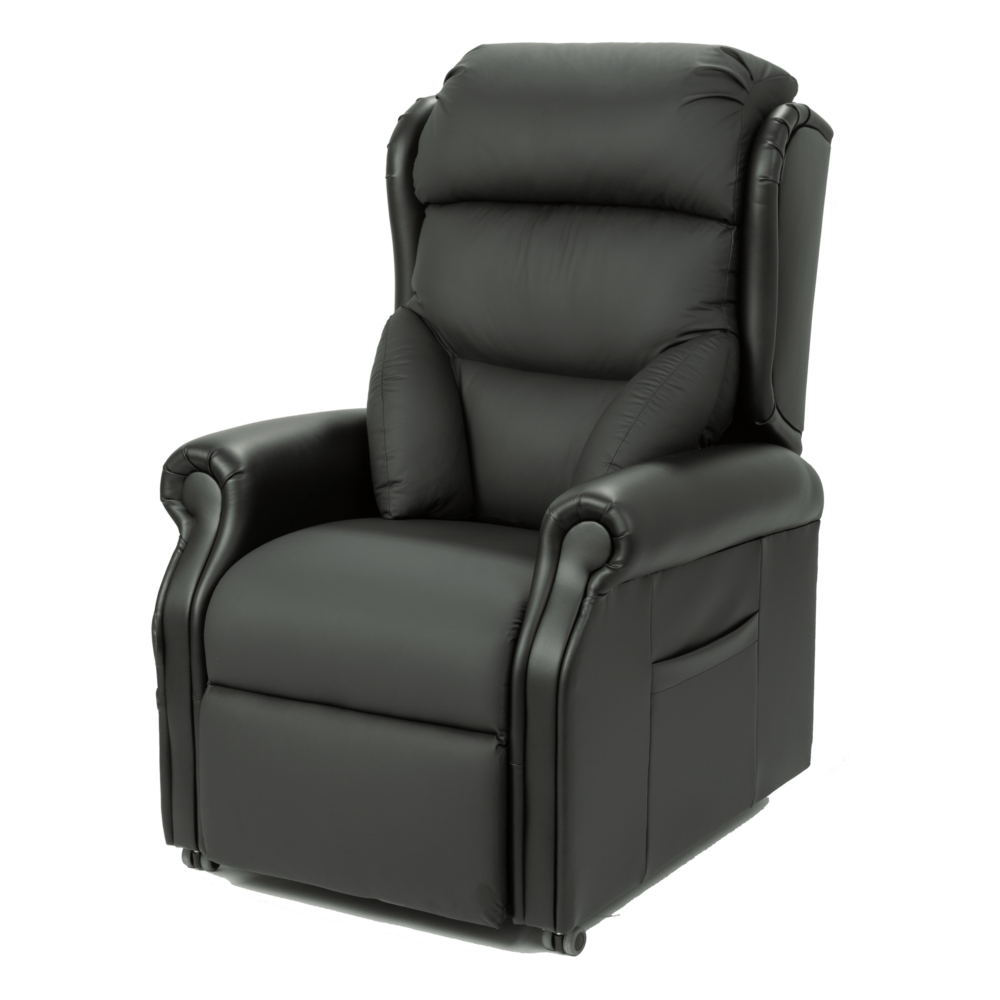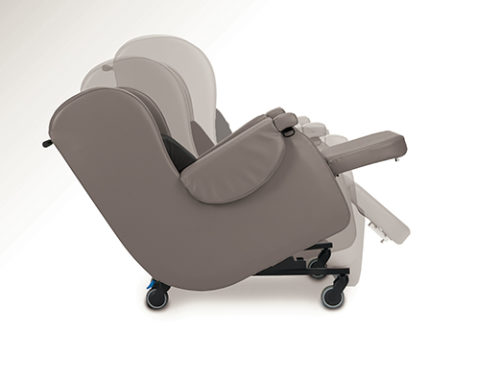Action on Stroke
To mark stroke awareness month this May, the Stroke Association are launching their new Save Research campaign.
This campaign will raise awareness of the damaging effects of the COVID-19 pandemic on stroke research. The Stroke Association are seeking support to help them continue to make breakthroughs in our understanding of stroke and rehabilitation1 that can save and rebuild lives. Research is critical to finding new ways of overcoming the challenges stroke survivors face in their daily lives.
What is a stroke?
A cerebrovascular accident, commonly known as a stroke, is a serious life-threatening medical condition that occurs when the blood flow to the brain is cut off resulting in lack of oxygen and nutrients getting to the brain cells2.
Like all organs, the brain needs the vital oxygen and nutrients provided by the blood to function properly. If the supply of blood is restricted or stopped, brain cells begin to die. This can lead to brain injury, disability and possibly death. The brain controls various body functions; if the brain cells die in a particular region of the brain then the body function that area is responsible for won’t work as normal. Ischaemic strokes account for 85% of all cases3; the blood supply is stopped because of a blood clot or the narrowing of an artery. Haemorrhagic strokes happen when a weakened blood vessel supplying the brain bursts (aneurysm).
What should happen if an individual experiences a stroke3?
Strokes are a medical emergency and urgent treatment is essential. If someone suspects that they or someone else is having a stroke, they should phone 999 immediately and ask for an ambulance.
Signs and symptoms to look out can be remembered by the word FAST:
- Face – the face may have dropped on one side, the person may not be able to smile, or their mouth or eye may have dropped.
- Arms – the person may not be able to lift both arms and keep them there because of weakness or numbness.
- Speech – their speech may be slurred or garbled, or the person may not be able to talk at all despite appearing to be awake.
- Time – it’s time to dial 999 immediately any of these signs or symptoms are observed.
What are the effects of a stroke?
The injury to the brain caused by a stroke can lead to widespread and long-lasting problems. Although some people may recover quickly and return to normal function, many people who have a stroke need long-term support to help them regain as much independence as possible. This process of rehabilitation depends on the effects and their severity. Common effects include psychological impact, fatigue, cognitive and communication problems, and physical problems, such as swallowing difficulties, incontinence, pain and sensory impairments.
As part of the rehabilitation process physical and cognitive functions will be assessed and a management plan will be created, which may include the prescription of specialist equipment. A team of specialists will be available to help with the rehabilitation, including Physiotherapists, Psychologists, Occupational Therapists, Speech & Language Therapists, Dietitians, and specialist Nurses and Doctors.
Can a stroke affect movement?
Most people will have some problems with movement after a stroke. The main cause is weakness in the muscles, which can affect the ability to move the body. In severe cases, an individual won’t be able to move parts of their body at all; this is called paralysis. Other problems seen include mobility problems due to reduced balance and foot drop, reduced stamina, and spasticity whereby muscles become tight.
What postural challenges can result from a stroke?
- Fatigue
- Muscle weakness or paralysis
- Poor sitting balance
- Abnormal muscle tone
- Contractures
- Pelvic instability
- Posterior pelvic tilt
- Scoliosis
- Sensory impairments
How can postural management & specialist seating help following a stroke?
Good postural management throughout the full 24-hours can enhance an individual’s recovery and rehabilitation following a stroke. Specialist seating can support an individual’s postural management programme by offering a solution for balancing the four key considerations when choosing a chair:
- Comfort
- Function
- Postural support
- Pressure redistribution
Prolonged abnormal sitting postures as a result of a stroke can cause tension on the body and increase the risk of significant pain; ensuring comfort through specialist seating can ultimately improve a person’s quality of life. A supportive sitting posture can be effective in inhibiting any abnormal muscle tone4 experienced by stroke survivors and in accommodating its sequalae. Being comfortable and feeling safe can also increase tolerance of a desired seated position and compliance; if an individual isn’t comfortable then they may not use the chair regardless of the clinical benefits5.
Fatigue can often be experienced following a stroke and can affect all aspects of an individual’s life. It can significantly restrict their ability to engage in daily living, as well as having a negative impact psychologically and socially6. Gravitational forces can also make sitting effortful for individuals who present with muscle weakness and paralysis.
Energy management is essential for comfort and for functional movement. The appropriate use of specialist seating can encourage energy conservation, making it easier for individuals to live a meaningful life. Specialist seating can also promote postural stability, which is key for encouraging normal movement and independence during rehabilitation. Freedom of movement in the upper limbs is achieved through effective stabilisation of the pelvis and trunk7.
We cannot underestimate the importance of promoting psychological and cognitive factors in an individual’s recovery. A stable posture can encourage participation in social activities at home or work, and as part of the community. Head control is essential for orientation, socialisation and the development of communication skills8. An upright sitting position can also offer a better line of vision for interaction and provide an increased ability to achieve cognitive tasks9.
Another major goal in postural management is to promote good health and enhance autonomic nervous system function10. The inability to sit upright may result in decline in overall health, primarily reflecting altered physiological function11. Trunk and head asymmetry observed in those recovering from a stroke can impair respiration, swallow, digestion, cardiac efficiency and even endurance. Specialist seating can provide the necessary postural support to achieve an upright sitting posture.
Finally, postural management is essential in reducing the risk of pressure injuries as posture and pressure are inextricably linked; body positioning has a direct influence on the pressure going through specific body sites12. A key intervention for pressure injury prevention is pressure redistribution through regular positioning13. Specialist seating offers a much-needed opportunity to sit out; chair functions can also offer a regular change of position to encourage blood flow and redistribute pressure. Specialist seating systems aim to reduce the risk of pressure injuries by distributing the user’s body weight evenly throughout the chair over the maximum surface area. Prompting or full assistance may be required for repositioning as part of an individualised care plan, depending on how the stroke has impacted physical and cognitive abilities.
Specialist seating systems can offer a range of seating solutions for an individual recovering from stroke throughout their rehabilitation:
- A choice of back and head supports can encourage trunk alignment for optimum physiological function and a midline head position for interaction and engagement.
- A waterfall back can help manage muscle weakness and poor sitting balance.
- A contoured back and the option to add laterals can accommodate more complex postures, such as paralysis and a fixed scoliosis.
- Adjustable seat dimensions can improve pelvic positioning to manage a posterior pelvic tilt whilst promoting pelvic stability.
- Tilt-in-space, if safe and appropriate, can further promote pelvic stability without affecting the hip and knee angles.
- Tilt-in-space can also be utilised to achieve pressure redistribution and energy conservation by allowing periods of rest.
- WaterCell Technology® is at the heart of CareFlex specialist seating; it provides a reliable and dynamic pressure relieving solution for individuals at risk of pressure injury.
- AutoTilt actuation can enhance the standard pressure management functions by automatically moving the user through small degrees of tilt at short intervals to regularly redistribute pressure.
- Back angle recline may be indicated, only when safe and appropriate, to accommodate reduced range of movements at the hips.
- A negative angle leg rest can also accommodate reduced range of movement at the knees due to hypertonicity and contractures.
- A channelled leg rest can provide comfortable lower limb positioning whilst maintaining alignment and stability, and an angle adjustable footplate can further promote postural security.
- A flip-up or stowable footplate can help the ambulant user achieve a good foot placement to enable safe transfers, or facilitate the safe use of hoisting equipment; we must consider the individual’s mode of transferring to encourage mobility and independence.
If something more bespoke is identified at assessment due to complex postural needs, the tailored seating solutions servicecan enable the provision of a unique seating system.
A comprehensive holistic seating assessment is critical to an appropriate seating prescription. Please do not hesitate to get in touch with us to discuss any queries or book a free assessment.
References:
- Stroke Association (2021) Stroke Awareness Month Available from: https://www.stroke.org.uk/fundraising/stroke-awareness-month
- Stroke Association (2018) Types of stroke Available from: stroke.org.uk/what-is-stroke/types-of-stroke
- NHS Choices (2017) Stroke Available from: nhs.uk/conditions/stroke/
- Herman JH, Lange ML (1999) Seating and positioning to manage spasticity after brain injury Neurorehabilitation 12(2):105-117
- Bartley C, Stephens M (2017) Evaluating the impact of WaterCell® Technology on pressure redistribution and comfort/discomfort of adults with limited mobility Journal of Tissue Viability 26(2):144-149
- NHS (2020) Fatigue Available from: https://www.yourcovidrecovery.nhs.uk/managing-the-effects/effects-on-your-body/fatigue/
- Green EM & Nelham RL (1991) Development of sitting ability, assessment of children with a motor handicap and prescription of appropriate seating systems Prosthetics and Orthotics International 15:203-216 Ham R, Aldersea P, Porter D (1998) Wheelchair Users and Postural Seating A Clinical Approach London: Churchill Livingstone
- Farley R, Clark J, Davidson C, Evans G, MacLennan K, Michael S, Morrow M, Thorpe S (2003) What is the evidence for the effectiveness of postural management? International Journal of Therapy and Rehabilitation 10(10):449-455
- Pountney TE, Mulcahy CM, Clarke SM, Green EM (2000) The Chailey Approach to Postural Management Birmingham: Active Design
- Jones M, Gray S (2005) Assistive technology: positioning and mobility In SK Effgen (Ed) Meeting the Physical Therapy Needs of Children Philadelphia: FA
- Healy A, Ramsey C, Sexsmith E (1997) Postural support systems: their fabrication and functional use Developmental Medicine and Children Neurology 39:706-710
- Sprigle S, Sonenblum S (2011) Assessing the evidence supporting redistribution of pressure for pressure ulcers prevention: a review J Rehabil Res Dev 48(3):203–213
- NHS (2017) Overview:Pressure ulcers (pressure sores) Available from: https://www.nhs.uk/conditions/pressure-sores/

